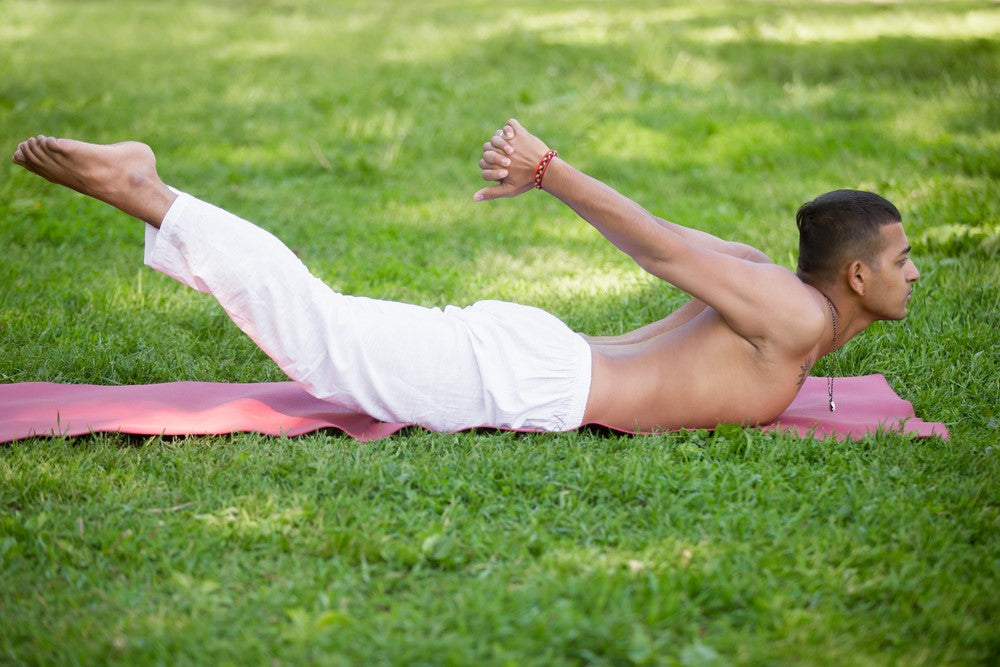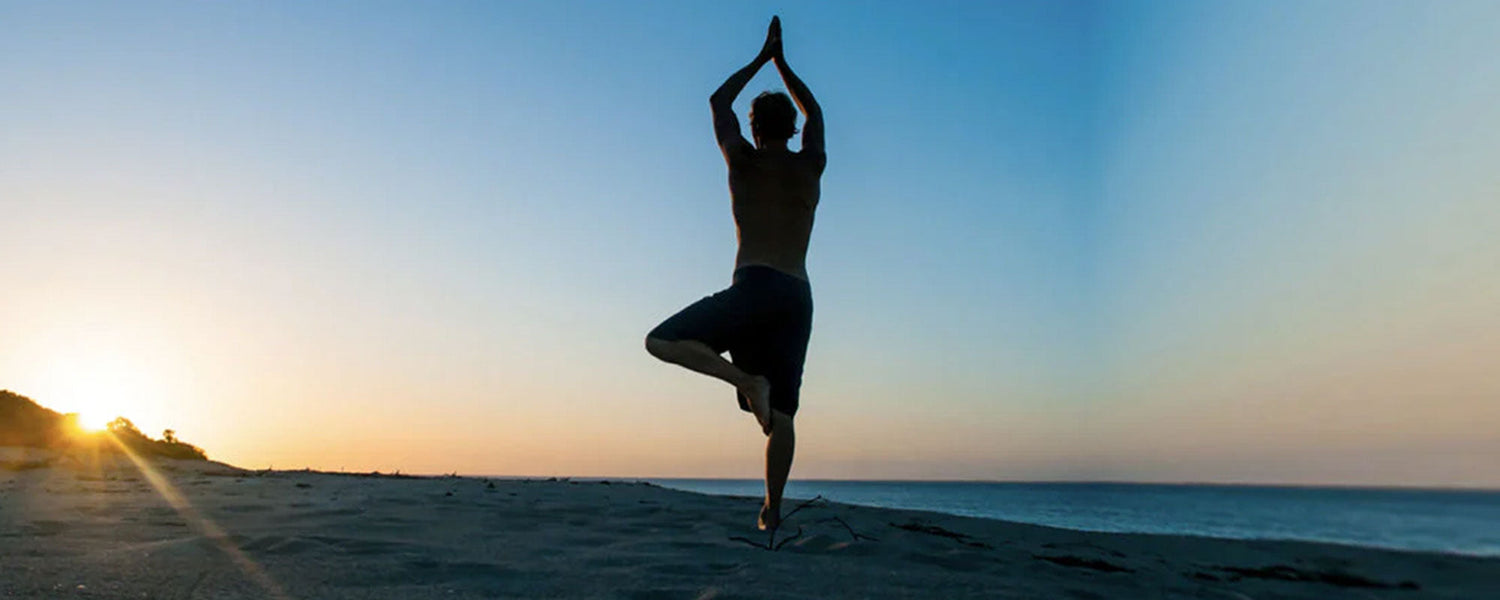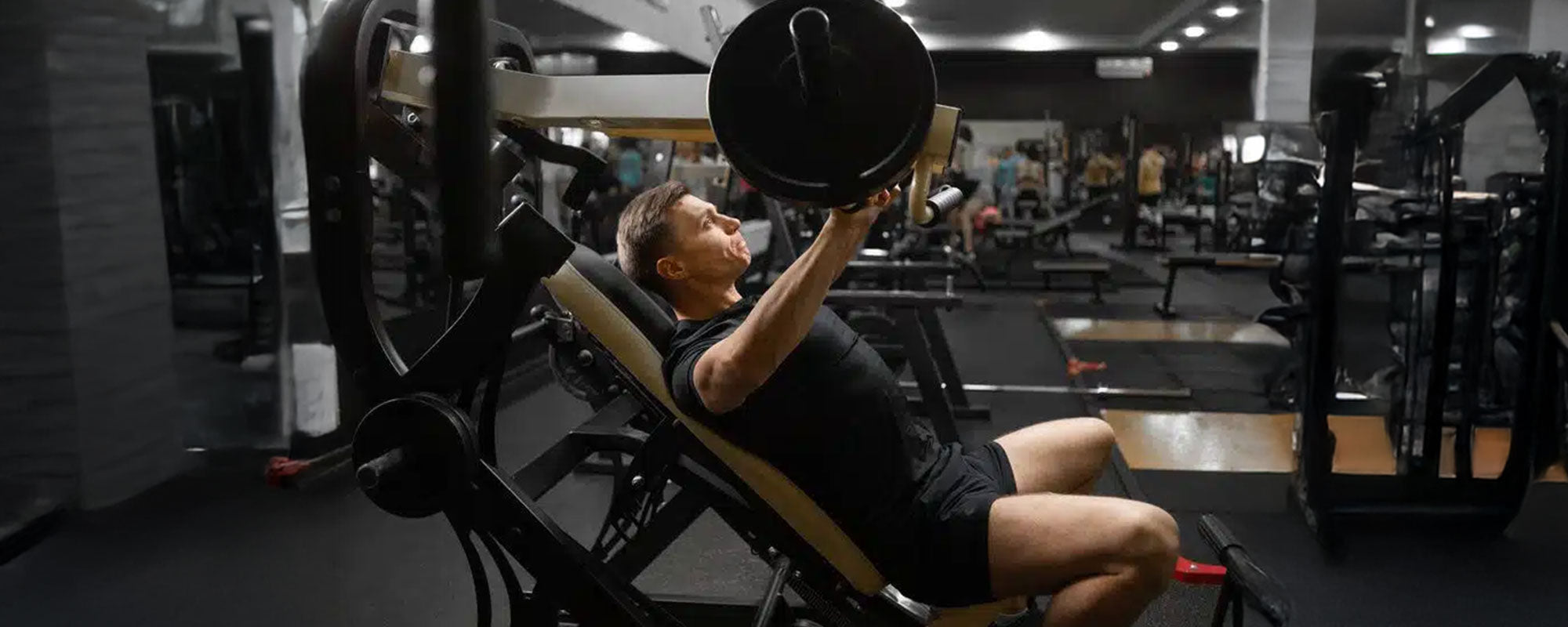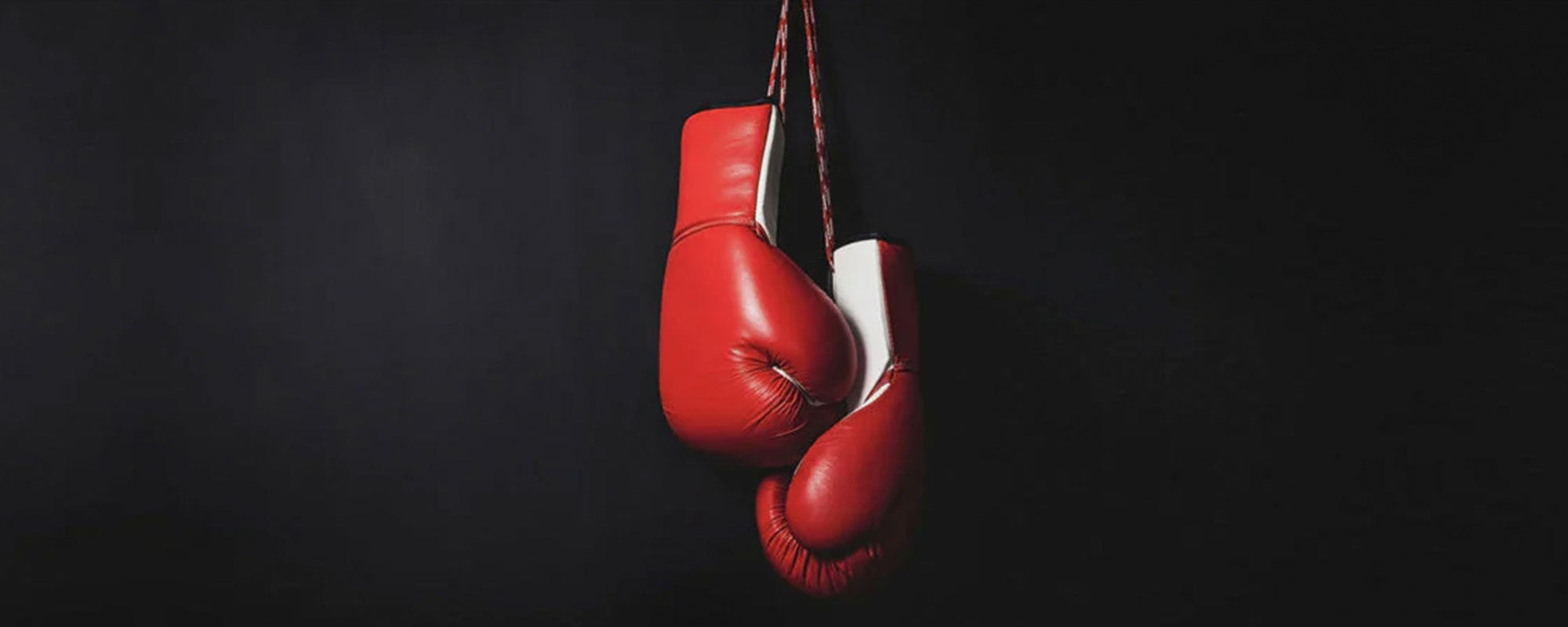Table of content
You might be familiar with some of the yoga poses that you have seen some of the females doing in the park or so. Alike other exercises and workouts, yoga in itself is a vast field that serves to provide your body and mind peace without getting into a hard or weight lifting situation. However, some of the yoga asanas include bodyweight posture that could help with body tone and muscle strengthening.
Following that, you might be thinking that is yoga also a masculine approach, well yes, it is. Many yoga types benefit men equally to women. Power yoga at first, as the name suggests is a practice for those who want a more fast-paced variation. Secondly, Bikram (hot) yoga, defines the personalities of those who want to wipe themselves and break a serious sweat. Hatha yoga is the next type, it is considered to be good for beginners because of its slow pace and introductory poses. Last but not least, Vinyasa, focuses on the mind-breath connection and works the body with aggressive stretching.
Therefore, these were some different yoga variations designed to improve flexibility, athletic ability, mental clarity, and more.
Before getting you into any of the yoga poses let’s just discuss some of the benefits of yoga for men.
1. Why Men Should Do Yoga?
1.1. Relieve Stress
Yoga is considered one of the best ways to relieve stress and burden. But how? Yoga tends to be focused. Whatever you are doing while performing yoga you do with focus. That allows you to throw away all the stress and stay calm and peaceful even after hours of performed asanas.
Moreover, it is the way to train your body to learn how to relieve stress through your body.
1.2. Get Flexible
Not training your muscles ends with fatigued and you become unable to perform any task that requires flexibility. Performing yoga is the best way to get your muscles flexible and allow you to stand straight and keep yourself fresh throughout the day. Furthermore, it also keeps your muscles from damage, with slow and focused poses of yoga you stretch your muscles and keep their flexibility maintained.
1.3. Build More Muscles
Surprised? Yes, yoga helps with building muscles. As mentioned above, some of the yoga positions include your body weight to be done like, headstand or handstand. While using your body weight during performing yoga the process of muscle breaking happens and after recovery your build more muscle and strength.
1.4. Prevent Workout Injuries
This is also linked with flexibility. As yoga poses help you to increase your muscle flexibility, it allows you to stay injury-free while running and playing other sports. Yoga is also an athletic practice, if you do some flexing before starting your real workout, you are doing yoga, uninformed but yes.
1.5. Have Better Sex
Along with improving your athletic abilities, yoga also helps you in your bed. There is some specific yoga asana that helps you to have better sex by increasing testosterone levels in your body. For men, yoga helps reduce anxiety and increases body awareness and confidence; and it speeds the release of hormones that boost arousal and increase blood flow to the genital area, which is important for erections.
1.6. Calm Your Mind
Did you know sweating makes you calm? If you do not know, in that case, yoga works like an anti-depressant and also relieves mild clinical depression. So, if you are fed up with your jam-packed schedule, committing to the relaxed space of a yoga class would do a lot for you. Adding to it, yoga improves your sleep time and helps you with better and longer sleep.
1.7. Smell Better
According to professional yoga practitioners, sweating happens because yoga help men to get rid of toxins during class so that afterward, your sweat really will smell sweeter. After a class, your body is cleaner, more confident, and focused than when you walked in.
2. The 3 Best Yoga Tips for Beginners
1. Stay in the Back Row
Staying in the back row doesn’t mean being kept by the eye of your trainer. The main purpose of this is to not disturb the other experienced trainees. Well, you being a beginner join as an observer because it is your first ever yoga class.
2. Remain Calm
Performing yoga poses is not a piece of cake. Try to remain calm if your athletic builds get in the way of some yoga moves. Though yoga is a slow process so you are supposed to be steady and calm. This is the stage where most people usually lose their patience.
3. Focus on Your Breathing
Breathing is the most basic of all. Breathing is a crucial part of any workout, whether it's yoga or something else. Deep abdominal breathing, on the other hand, is an important aspect of yoga and activates the parasympathetic nervous system. This reduces cortisol levels, a hormone that causes your body to store belly fat. Yoga can help you reduce stress and cortisol levels in your daily life by teaching you to breathe deeply.
3. 8 Best Beginner Yoga Poses for Men
Let’s get started with the best beginner yoga poses for men
3.1. Tree (Vrksasana)

Why men should do it: Tree position will help you focus while also strengthening your ankles, calves, and thighs muscles. On the bent leg, it also extends the inner thigh and groin muscles.
How to perform: Shift your weight to your right foot and firmly plant it on the ground. Bend your left knee and place the foot-sole of your left foot on the inside of your right thigh. Toes should be pointed toward the floor. If this is too tough, place the sole of your foot on the inside of your calf or ankle (but avoid the knee). Keep your weight covered over your left foot by bringing your palms together in front of your chest. While keeping your hips parallel to the front of the room, press the right knee back to open the groin. Release the foot and do the same thing on the opposite side.
Pro Tips: Maintain your focus on the floor a few feet in front of you to improve your balance.
3.2. Standing Forward Bend (Uttanasana)

Why men should do it: Uttanasana can help you relax while extending your hamstrings and spine muscles.
How to perform: Begin in mountain pose with your hands on your hips, then exhale and bend forward at the hips, tucking your chin gently into your chest. (To avoid bending your spine, stretch the front of your torso as you fold forward.) Allow your head, neck, and shoulders to relax, and your arms to hang freely. Place your palms or fingertips beside or slightly in front of your feet on the floor. Cross your forearms and grip your elbows if you can't touch the floor.) Bring your hands to your hips and raise yourself on an inhalation to exit the pose. As you come back up, keep your chin tucked and stretch the front of your torso.
Pro Tip: Bend your knees slightly to allow your spine to stretch toward the floor if your hamstrings are particularly tight. Allow gravity to do the work instead of dragging yourself down with your hands.
3.3. Warrior I (Virabhadrasana)

Why men should do it: During the Sun Salutation routine, Warrior I is frequently met. This pose stretches and strengthens the ankles, calves, and thighs in addition to improving balance. The chest, lungs, shoulders, and groin are also stretched.
How to perform: Step your right foot forward and stretch your arms overhead from mountain posture. Your left foot should be turned 45 to 60 degrees to the left. Bend your right knee to the point where it crosses the ankle. Bring your hips to the front of the room and keep them there. Lift your chest toward the ceiling by arching your upper back slightly. If feasible, press your palms together or keep your hands shoulder-width apart, palms facing each other. Look up at your thumbs or forward. When you're finished, return to mountain posture with your right foot. Rep on the opposite side.
Pro Tips: The most difficult component of this position is aligning the front heel with the back foot's arch. Widen your posture if you're feeling unstable.
3.4. Downward-Facing Dog (Adho Mukha Svanasana)

Why men should do it: Adho Mukha Svanasana, another pose found in the Sun Salutation sequence, strengthens the legs and arms, while stretching the calves, hamstrings, shoulders, hands, and wrists.
How to perform: Begin on your hands and knees, with your hands in front of your shoulders and your knees immediately beneath your hips. With your index fingers pointing forward, firmly press your hands onto the floor. Lift your knees to the floor as you exhale, keeping them slightly bent. To lengthen your spine, stretch your tailbone toward the ceiling. To straighten your legs, press your heels down toward the floor and your thighs back. Continue to elevate your arms from your hands to your shoulders by pressing the base of your index fingers into the floor. Draw the blades of your shoulders against your back and down toward your tailbone. Drop your knees to the floor when you're finished.
Pro Tip: In this pose, it's fine to keep your knees slightly bent; instead, concentrate on stretching your spine. Straighten your arms using your triceps, but keep your shoulders from moving toward your ears.
3.5. High Lunge (Crescent Lunge)
Why men should do it: The high lunge, also known as the Crescent Lunge, is identical to the Warrior I but with the back heel elevated and the feet roughly hip-width apart. While keeping your hips parallel to the front of the room may be easier, your leg muscles will have to work more to keep you balanced in this position. The high lunge stretches the groin muscles while strengthening the arms.
How to perform: To begin, lie down in a downward-facing dog position. As you exhale, take a step forward with your left foot between your hands, keeping your left knee over your ankle and your feet hip-width apart. As you inhale, lift your torso and bring your arms out to the side and overhead. If possible, bring your palms together, or keep them shoulder-width apart with palms facing each other. Raise your torso and press backward via your right heel. To exit the position, exhale as you bring your hands to the floor and move back to the downward-facing dog on the opposite side.
Pro Tip: To keep your back leg straight, keep your chest directly above your hips and contemplate sinking your hips straight downward while exercising your back thigh. It's not a good idea to let the front knee travel ahead of the ankle. Concentrate on the stretch in your groin by lowering your back knee onto a mat or folded blanket to rest your legs.
3.6. Boat (Navasana)

Why men should do it:
The boat posture is well-known for its ab-busting properties, but it also works the deep hip flexors and the spine. Even your shoulders will become stronger when you include the arms.
How to perform: Begin by sitting with your legs stretched out in front of you. Point your fingers forward as you press your hands into the floor slightly behind your hips. To keep your back from rounding, lean back slightly and rise through your chest. Bend your knees and elevate your feet off the floor as you exhale, until your thighs form a 45-degree angle with the floor. Slowly straighten your legs. Lift your arms off the floor and bring them out in front of you, parallel to the floor, palms facing each other when you feel stable. As you exhale, lower your legs and arms to exit the stance.
Pro Tip: If your hamstrings are tight, keep your knees bent to keep your spine in a neutral position as if you were sitting in a chair. Lift your arms above for a more strenuous workout.
3.7. Locust (Salabhasana)

Why men should do it: Locust pose is an excellent approach to gradually strengthen your back while also preparing you for more difficult backbends. The locust strengthens the buttocks, as well as the muscles on the backside of the arms and legs, in addition to the muscles of the spine. It stretches the chest, shoulders, and thighs as well.
How to perform: Lie on your stomach with your hands by your hips, palms facing up, and your forehead on the floor. Roll your thighs inward by pointing your big toes toward each other. Exhale and lift your head, body, arms, and legs off the floor. Your abdomen, lower ribs, and pelvis should all be able to support your weight. As you inhale, stretch your head forward and your legs backward to lengthen your spine. Stretch back through your fingertips while keeping your arms parallel to the floor. To prevent crushing your neck backward, lockdown or slightly forward. On an exhale, lower yourself.
Pro Tip: Consider stretching your spine on each inhale and lifting your chest and legs slightly higher on each exhale while you hold the pose. Lower your chest and legs slightly if you feel a pinch in your back.



Leave a comment
This site is protected by hCaptcha and the hCaptcha Privacy Policy and Terms of Service apply.